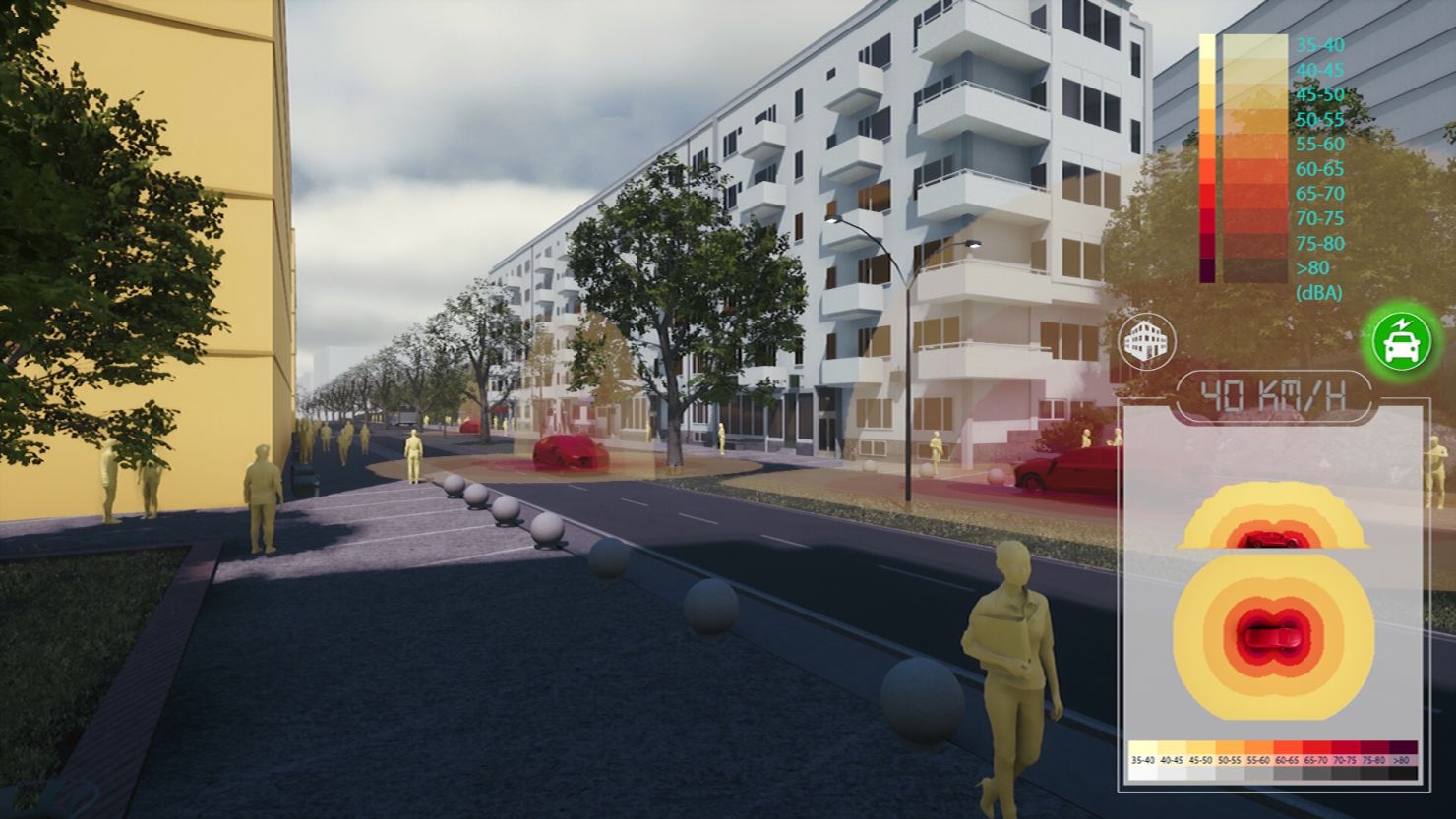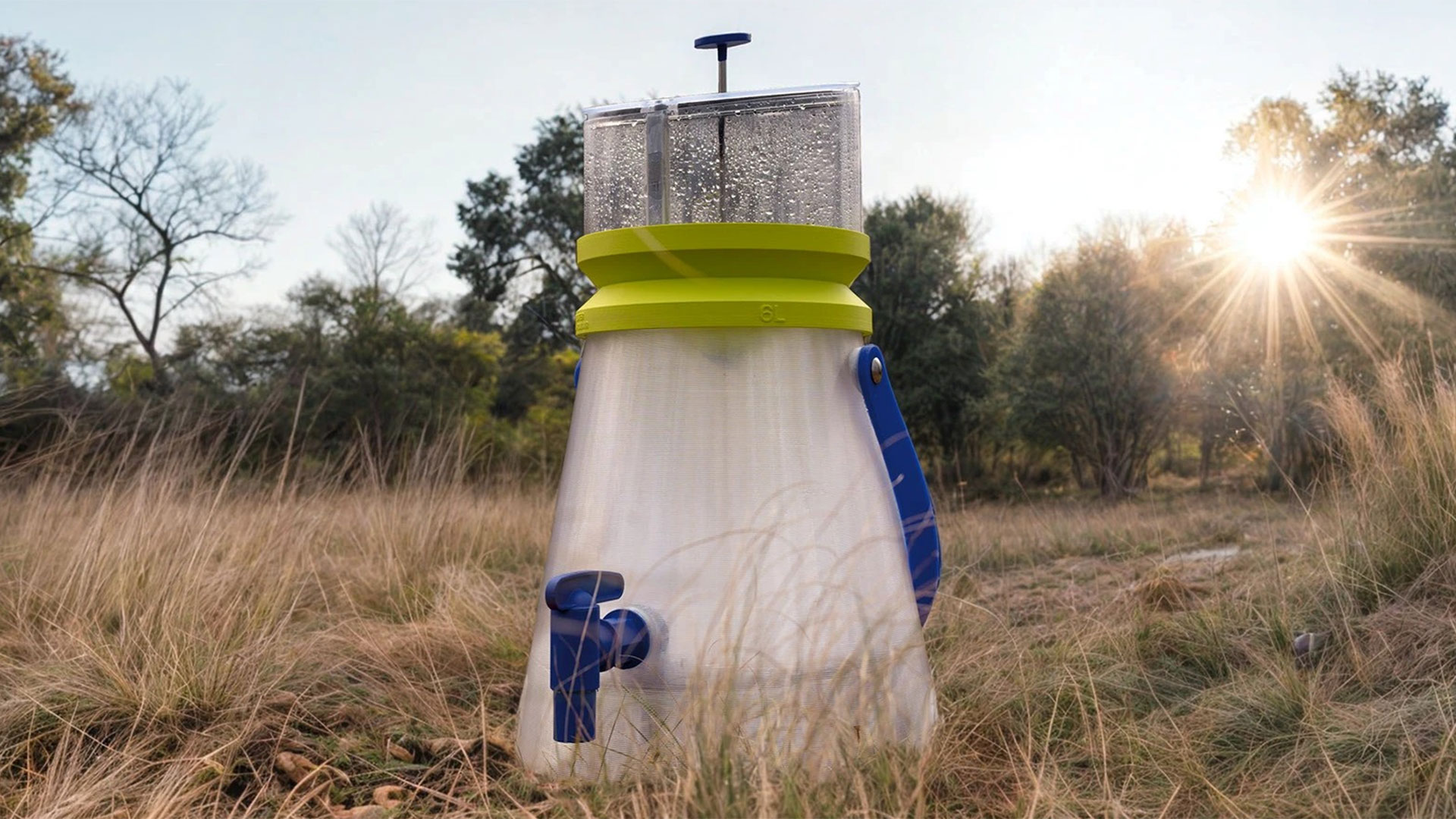Digital Twin for Cities
A Digital Twin for Cities is a virtual, dynamic, and intelligent replica of the physical city, continuously updated through data from sensors, IoT devices, satellites, citizens, and urban systems.
It behaves as the city’s second brain — simulating real-world scenarios (traffic, weather, pollution, population flow, infrastructure wear, etc.) in real time to enable data-driven governance, predictive maintenance, crisis management, and sustainable urban design.
The goal is not only to mirror reality, but to simulate and optimise it — making cities self-aware, adaptive, and responsive.
Data Collection Layer (Urban Sensory Network)
This is the city’s nervous system — capturing live data from every urban process and infrastructure node.
Data Sources:
- IoT Sensors: Air quality, noise, temperature, traffic density, energy use, waste levels, water pressure.
- Smart Infrastructure: Buildings, bridges, and roads embedded with structural sensors.
- Public Transport Systems: GPS data from buses, metro, and shared vehicles.
- Utilities & Energy Grids: Smart meters, substations, solar panel outputs.
- Citizen Devices: Smartphones, wearables, mobile apps (crowdsourced data).
- Satellite & Drone Imagery: Urban expansion, vegetation, traffic, disaster zones.
- Municipal Databases: Zoning, population, emergency response, land registry.
Data Pipeline Characteristics:
- 5G/6G Networks: High-bandwidth real-time communication.
- Edge Computing Nodes: Local pre-processing to minimize latency.
- Secure APIs: Standardized interfaces for interoperability.
- Digital Identity Verification: Authenticates data from trusted devices.
Purpose:
To feed real-time, high-fidelity data streams that form the lifeblood of the twin.
Integration & Modelling Layer (City Data Fusion Core)
This layer transforms raw, heterogeneous data into a coherent, unified digital city model.
Core Functions:
- Data Harmonization: Aligns multiple datasets (geospatial, temporal, semantic).
- 3D & 4D Urban Modeling: Creates photorealistic and time-evolving city replicas.
- Geospatial Information Systems (GIS): Anchors all data to precise locations.
- Building Information Modeling (BIM) Integration: Embeds micro-level construction data into macro city maps.
- Digital Infrastructure Graph: Maps relationships between roads, energy, water, telecom, and buildings.
Data Formats & Standards:
- CityGML, IFC, GeoJSON, ISO 37120 (Smart City Standards).
- Unified Ontologies (semantic consistency between systems).
Output:
A multi-resolution, interactive 3D city model enriched with real-time data layers.
AI Simulation Layer (City Intelligence Engine)
This is the thinking cortex of the digital twin — an ensemble of AI models that predict, simulate, and optimize city functions.
AI Models & Capabilities:
- Traffic Flow Simulation: Predicts congestion using graph neural networks.
- Energy Consumption Forecasting: Learns seasonal demand patterns.
- Climate & Pollution Modeling: Predicts heat islands, CO₂ accumulation.
- Disaster Management AI: Simulates floods, fires, or power failures for preparedness.
- Economic Dynamics Model: Projects employment, investment, and business trends.
- Population & Mobility Behavior: Uses anonymized citizen mobility patterns to optimize public transport.
- Infrastructure Lifecycle Prediction: Predicts when bridges, pipelines, or roads need maintenance.
- Urban Growth Modeling: Simulates the impact of new housing or zoning laws.
Simulation Modes:
- What-if Analysis: “What happens if a subway line closes?”
- Predictive Scenarios: “How will rising temperatures affect energy demand in 2030?”
- Prescriptive Optimization: “What is the best route for emergency evacuation?”
Tech Backbone:
- Digital Twin AI Frameworks (Unity, Unreal Engine, Cesium, Nvidia Omniverse).
- Reinforcement Learning for dynamic optimization.
- Graph AI for multi-network dependency analysis.
- Physics-informed neural networks for environmental simulation.
Decision & Governance Layer (Urban Operations Brain)
This is where simulation becomes action — translating AI insights into real-world governance and automation.
Functions:
- Command & Control Dashboard: Central hub for city administrators.
- AI Policy Co-Design: AI suggests policy drafts and impact forecasts.
- Predictive Maintenance Automation: Triggers repair workflows before failures occur.
- Emergency Response Coordination: Real-time simulation supports police, fire, and medical units.
- Energy Balancing: Adjusts grid distribution dynamically based on demand.
- Urban Planning Sandbox: Architects and planners visualize future developments in digital form before building physically.
- Sustainability Tracking: Monitors carbon emissions, renewable use, and progress toward SDGs.
Decision Modes:
- Descriptive: What is happening now?
- Predictive: What might happen next?
- Prescriptive: What should we do about it?
Integration:
Connects to city ERP systems, governance dashboards, and digital legislation platforms.
Citizen Interaction Layer (Digital Society Interface)
Citizens are the living heartbeat of the city twin — both contributors and beneficiaries.
Engagement Channels:
- City Apps & Portals: Citizens visualize data (air quality, noise, transport).
- Augmented Reality (AR) Interfaces: Overlay live city data through AR glasses or phones.
- Participatory Design Tools: Residents simulate new parks or bike lanes digitally.
- Open Data Platforms: Developers build apps using real-time city APIs.
- Citizen Digital ID Integration: Securely accesses personalized city services.
- Gamified Sustainability Metrics: Residents earn “eco-scores” for green behaviors.
Goal:
To create transparent, collaborative governance, turning citizens into co-managers of their cities.
Core Technologies
| Technology | Function |
|---|---|
| IoT & Edge Computing | Real-time sensing and distributed analytics |
| AI & Machine Learning | Prediction, optimization, and anomaly detection |
| Digital Twin Engines (3D/4D) | Realistic urban visualization and physics simulation |
| Cloud + Edge Hybrid Architecture | Scalable, low-latency computing |
| GIS & BIM Fusion | Geospatial and structural data integration |
| Blockchain | Secure data provenance and smart contracts for urban processes |
| 5G/6G Networks | High-speed connectivity between city sensors |
| AR/VR Interfaces | Immersive planning and citizen participation |
| Quantum Computing (Future) | Multi-variable city optimization (traffic, energy, emissions) |
Example Functional Ecosystem
| Domain | Use Case | AI Twin Function |
|---|---|---|
| Transportation | Traffic congestion | Simulates routes, optimizes signal timing |
| Energy | Smart grid management | Balances renewable input and demand |
| Waste Management | Bin monitoring | Predicts collection routes, reduces cost |
| Public Safety | Emergency response | Simulates crowd movement during disasters |
| Urban Planning | New district development | Tests sustainability and traffic impact |
| Environment | Air pollution | Forecasts hotspots, recommends green corridors |
| Water Systems | Leak detection | Predicts pipe stress and failures |
| Tourism | Visitor flow | Simulates tourist impact and route |
This graph-based model allows real-time reasoning, cross-domain insights, and autonomous optimization.
Deployment Architecture
Three-Level Model:
1️⃣ Edge Layer: Local IoT nodes and gateways gather raw data.
2️⃣ Cloud Layer: Centralized AI and simulation engines.
3️⃣ Experience Layer: User dashboards, AR/VR, and citizen apps.
All connected via secure APIs and digital identity frameworks, forming a Zero-Trust Smart City Network.
Governance & Ethics Framework
Data Ethics Principles:
- Transparency: Citizens know what data is collected and how it’s used.
- Anonymity: All citizen data de-identified before analytics.
- Data Sovereignty: City retains ownership of its digital twin data.
- AI Accountability: All decisions traceable, explainable, auditable.
- Open Standards: Prevent vendor lock-in and ensure interoperability.
Regulatory Alignment:
- ISO 37106 (Smart City Governance).
- EU AI Act Compliance.
- UN Sustainable Development Goals (SDGs).
Example Workflow
1️⃣ Sensors detect abnormal vibration in a city bridge.
2️⃣ AI Twin simulates structural stress under different traffic loads.
3️⃣ Predictive model estimates 87% probability of crack propagation within 5 days.
4️⃣ Maintenance alert automatically dispatched to city engineers.
5️⃣ Traffic rerouted dynamically.
6️⃣ Citizens notified of detour via mobile app.
All before the damage causes any failure.
Benefits
| Domain | Benefit |
|---|---|
| Urban Planning | Faster, evidence-based decision-making |
| Public Safety | Predictive disaster prevention |
| Environment | Climate impact mitigation |
| Efficiency | Optimized energy, waste, and mobility |
| Economy | Attracts smart investment & innovation |
| Transparency | Citizen trust through open data |
| Sustainability | Helps achieve net-zero carbon goals |
Challenges
- Data Fragmentation: Legacy systems lack interoperability.
- Cybersecurity: Digital twins are high-value attack targets.
- Scalability: Massive data volume requires efficient computing.
- Ethical Data Use: Prevent surveillance or profiling misuse.
- Equity: Ensure benefits reach all citizens, not just tech-enabled elites.
Economic & Social Impact
| Sector | Transformation |
|---|---|
| Construction | Digital-first design reduces rework and costs |
| Utilities | Predictive maintenance saves millions annually |
| Transport | Reduces congestion, fuel use, and emissions |
| Healthcare | Real-time pollution and disease pattern correlation |
| Education & Research | Students access real city simulations |
| Governance | Data-driven policymaking and participatory democracy |
Future Vision
Imagine standing in a control room overlooking your city’s digital twin — a live holographic model breathing data in real time.
- A sudden storm triggers predictive flood models.
- AI simulates impacts and redirects traffic, opens shelters, and alerts citizens.
- Solar grids reroute energy flow to backup centers.
- Public dashboards visualize the event transparently.
Tomorrow’s AI-driven cities will self-optimize, self-heal, and self-plan, functioning like living organisms — adaptive, aware, and sustainable.
Eventually, interconnected City Twins will form National and Global Digital Twin Networks, modeling everything from climate systems to trade routes, enabling a planetary-scale intelligence for human civilization.
Vision Summary
| Attribute | Description |
|---|---|
| Core Function | Real-time digital replica of urban systems |
| Foundation | IoT + AI + GIS + Simulation Engines |
| Unique Value | Predictive, data-driven urban governance |
| User Role | Citizens as co-creators and data providers |
| Ethics | Transparent, explainable, privacy-respecting AI |
| Impact | Smarter, greener, safer, and participatory cities |
| Philosophy | “A city that thinks before it acts.” |




Post Comment